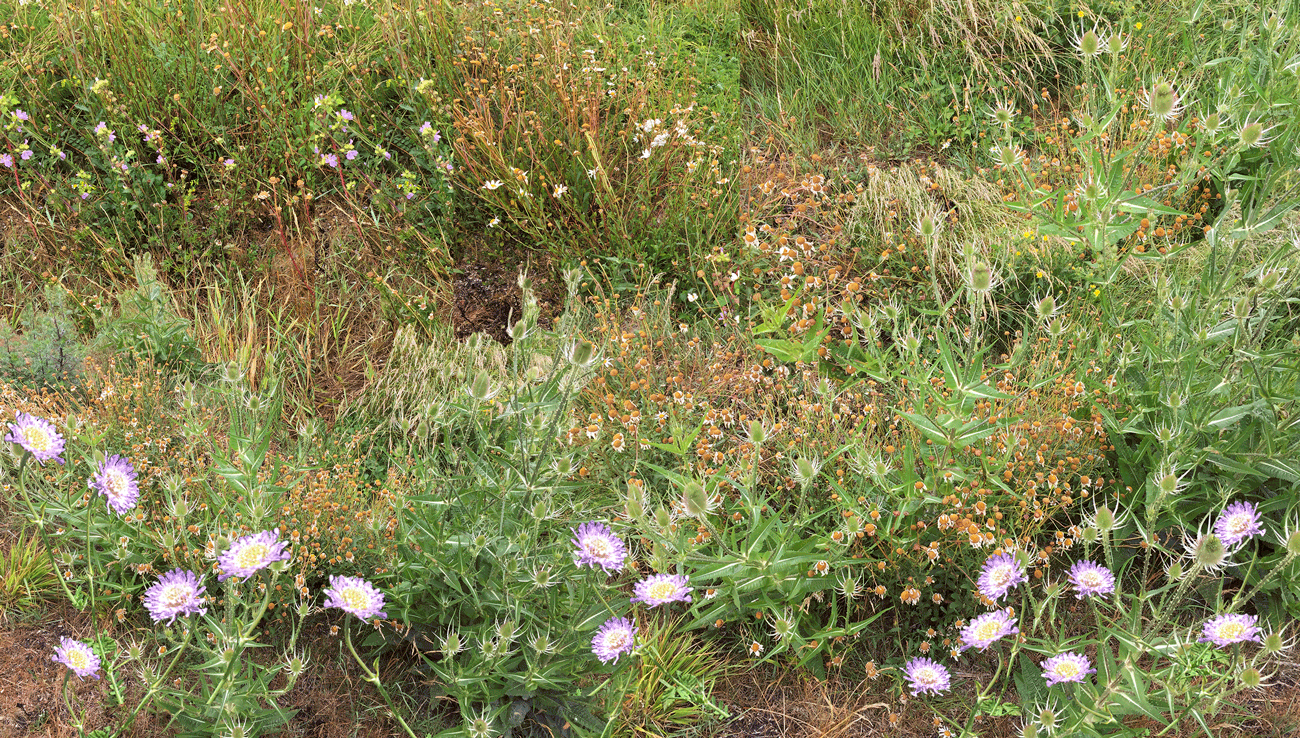DIGITALLY CULTIVATED WEEDS (2020)


From the top:
Early summer plantscape, June 2020.
Midsummer plantscape, July 2020.
Collected images, animated GIF. Included within ElMalArt’s, ‘Visions of A Future’: an interactive collective archive that uses research and mapping to speculate and prophesise a location-based future scenario. Animated GIFs located within registered brownfield sites in Greater London Area. Exhibited at Distant Peaks, July 2020.
The plantscapes feature seasonal plants that are commonly considered to be ‘undesirable’ or weeds. These wild plants, as they exist in the real world have not been placed there and the land has not been maintained.They are robust and typically invasive plants that grow easily in brownfield sites and uncultivated land, and spread, providing habitat and food sources for native wildlife who will often assist them in the dispersal of their seeds. You can see teasels, wild scabious, sorrel, rye grass, blue grass, thistle, nettle, ragwort, dandelion, gypsy flower among many others.
During my walks through the landscape I collect a series of images to articulate the plantscape in digital form, reanimated as a GIF: wild experiences recreated! The images selected within the final plantscape are chosen for properties of form, colour and general interest. Species may be situated too close to each other, or next to an unlikely neighbour. In other words, this is not as they exist in the real world. They have been carefully selected, digitally manipulated and curated for intensified interest that will fit the dimensions of the screen.
“When the captain of the paddle-wheel steamer says it is possible to see alligators on the banks of the river, and then you don’t see any, you risk feeling homesick for Disneyland, where the wild animals don’t have to be coaxed. Disneyland tells us that technology can give us more reality than nature can.”
(Umberto Eco, Travels in Hyperreality in Faith in Fakes. Vintage (1975), p44)
Situated in brownfield sites within the Greater London area, the plantscapes present a speculative reclaiming of the land in the absence of future development.